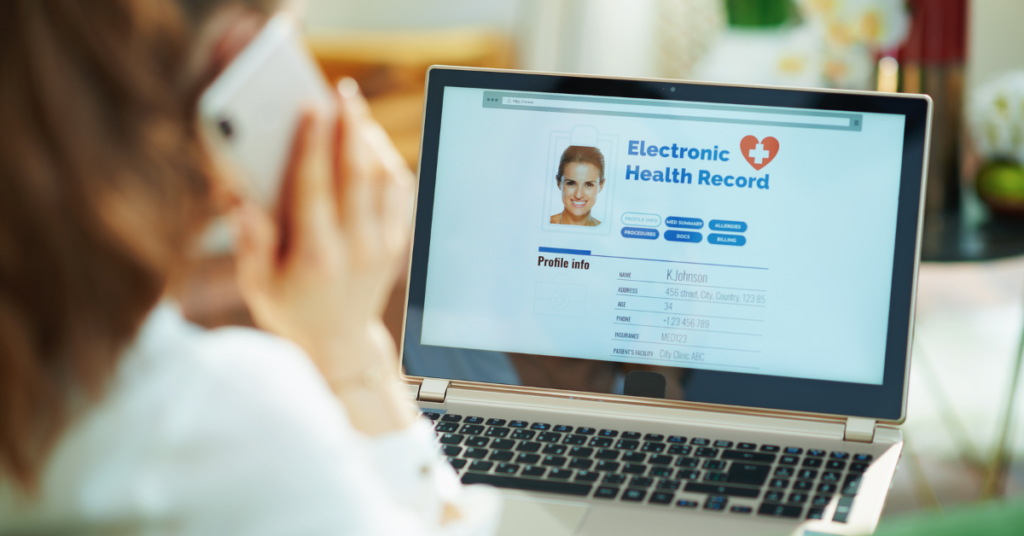Healthcare has seen many changes over the years, with technology playing a pivotal part. Among the advancements, medical software has emerged as a vital tool that’s deeply integrated into everyday healthcare practices. From how patient records are handled to the way treatments are administered, this software has become a crucial component in the delivery of care.

Bringing Better Care to Patients
Medical software has significantly impacted the way healthcare providers manage patient care. Gone are the days when patient records were kept manually, leading to potential delays and errors. Now, with the use of digital systems, healthcare providers can access and update patient information in real-time. This immediate access to data means that care can be more tailored to each individual’s needs.
For instance, electronic health records (EHRs) now offer a detailed view of a patient’s medical history, including past treatments, allergies, and current medications. This comprehensive record allows healthcare professionals to make informed decisions quickly, which is crucial in delivering quality care.
Simplifying Day-to-Day Operations
Beyond patient care, the introduction of medical software solutions has eased the burden of administrative tasks in healthcare settings. Managing schedules, processing payments, and handling insurance claims were once time-consuming tasks prone to errors. With the right software in place, these processes are now more straightforward and less error-prone.
For example, billing software has streamlined the process of invoicing and insurance claims. It helps ensure that payments are processed more quickly and accurately, reducing the time spent on administrative work. Similarly, software for appointment scheduling allows patients to book their visits online, reducing the load on administrative staff and cutting down on scheduling conflicts.
Fostering Collaboration and Communication
In healthcare, communication is key, especially when multiple specialists are involved in a patient’s treatment. Medical software has made it easier for healthcare professionals to collaborate, whether they’re in the same building or miles apart. Shared digital records, secure messaging platforms, and virtual meeting tools ensure that everyone involved in a patient’s care is up to date.
Telemedicine is one area where this technology has had a significant impact. As remote consultations become more common, medical software that supports these services has made it possible for patients to receive care from the comfort of their homes. This has opened up healthcare access to those who may not have had it otherwise.
Keeping Patient Data Safe
Security is a major concern when dealing with sensitive patient information. Medical software is designed with robust security features to protect this data, ensuring that it remains confidential and is only accessed by authorized individuals. Encryption, secure login protocols, and regular updates are just a few of the measures in place to keep patient information safe.
Additionally, healthcare regulations require strict compliance when it comes to handling patient data. Medical software often includes built-in compliance features that help healthcare providers adhere to these regulations, ensuring that all patient information is managed securely and legally.
Looking Ahead
The future of healthcare will likely see even greater integration of medical software, with new technologies continuing to emerge. Artificial intelligence (AI) and machine learning are already starting to play a role in the development of new tools that could change the way diagnoses are made and treatments are planned.
For example, AI can be used to analyze medical images or patient data, identifying potential issues before they become serious. This proactive approach can lead to better outcomes for patients, as issues are caught and addressed earlier.
Moreover, wearable devices that track health metrics are becoming more common, providing real-time data that can be monitored by healthcare providers through medical software. This means that patient care can be more closely monitored and adjusted as needed, potentially preventing complications before they arise.
Conclusion
In conclusion, medical software has become an integral part of healthcare today. It’s not just about managing records or processing payments; it’s about making sure that the care provided is as efficient, effective, and safe as possible. As technology continues to evolve, the role of these tools in healthcare will likely become even more significant, leading to new ways of delivering care that benefit both patients and providers alike.